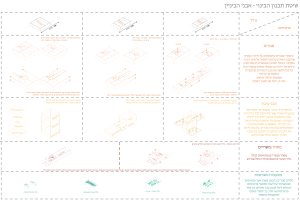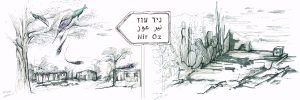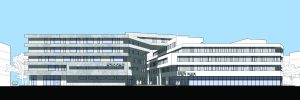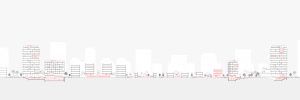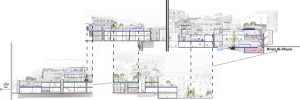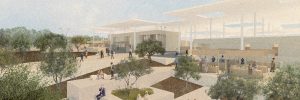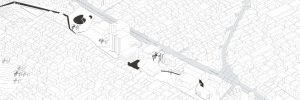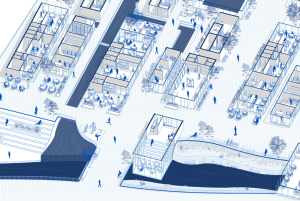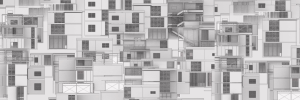Urban Renewal in a Residential Bloc Neighborhood
The housing neighborhoods built in Israel during its first decades are today perceived as areas in need of urban renewal. The physical condition of these neighborhoods, the disadvantaged population that remains in them, and their historical and ideological identification have given them a problematic image. The renewal processes currently being undertaken are primarily based on private entrepreneurial activity aimed at profitability and often lead to extreme renewal that replaces the view of rows of houses with dense high-rises.
This project seeks to extract and re-examine the values and qualities embodied in these residential neighborhoods. Values such as methodicalness, cooperativeness, walkability, human needs, equality, or fairness were embedded in the early planning based on numerous research studies conducted with the aim of designing housing that best meets human needs. Additionally, the integration of these values often allowed for the development of a cohesive local community. The extreme change that these modernist housing neighborhoods have undergone in recent years have therefore altered not only the shape of the construction, but also the accompanying values. More than anything, this change has led to the loss of existing communities and the local character.
The question arises: How can modernist housing values be used to design urban renewal that strengthens the community and preserves the quality of life?
The project focuses on the Yad Eliyahu neighborhood, known for its strong community and its opposition to urban renewal, which would change the character of the neighborhood and cause the loss of important green open spaces which are important to the community. Through observation of the neighborhood, I propose an alternative planning method based on the original values, while addressing issues of repetition and monotony that harm the neighborhood.
The project will present the design of a residential bloc offering variety in several aspects, based on a planning method of fixed building volumes combined with open spaces, similar to the original housing bloc design. The design will also include the use of flexible spaces that accommodate multiple plans, allowing for efficient planning, smart land use, and interactions between different people. Additionally, the design will incorporate principles of openness and enclosure, creating relationships between private, shared, and public spaces to foster a rich community life that meets economic and social standards.










